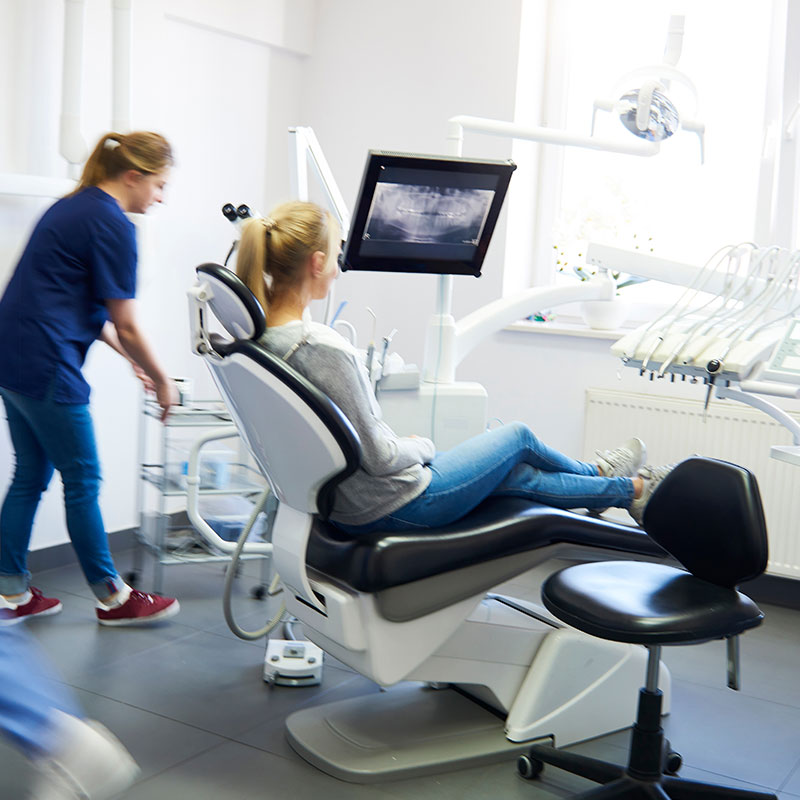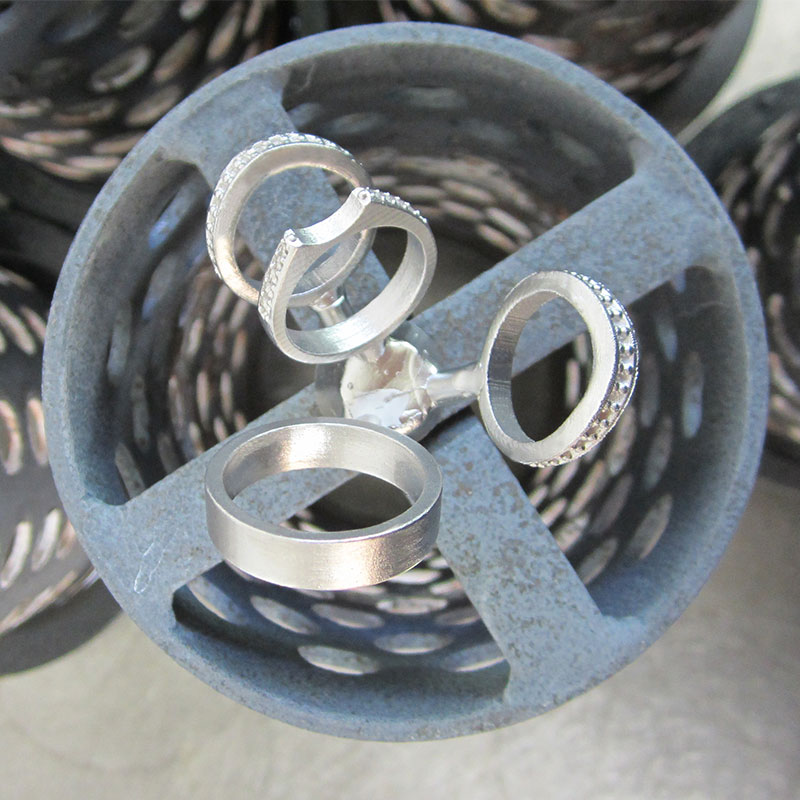Trueness of 3-dimensionally printed complete arch implant analog casts
From The Journal of Prosthetic Dentistry – https://www.thejpd.org
Published August 07, 2023
Statement of problem
Although a completely digital workflow has numerous advantages, a physical definitive cast may be especially helpful for the accurate assembly of components of complex complete arch-fixed prostheses, the evaluation of esthetic and occlusion features, or prosthesis fabrication. Research on the accuracy of additive complete arch casts with implants positioned with a large anterior-posterior (A-P) spread is sparse.
Purpose
The purpose of this in vitro study was to evaluate the trueness of complete arch 4-implant analog casts with a large A-P distribution fabricated with different 3-dimensional (3D) printers.

Material and methods
Ten systems were evaluated representing currently available printing technologies and materials for the additive fabrication of complete arch 4-implant analog casts and compared for deviations in the X-, Y-, and Z-axes from the master model scan (MMS), recorded in standard tessellation language (STL). The MMS was provided to the laboratory selected by the manufacturer, permitting them to create their specific cast with computer-aided design and computer-aided manufacture specific to a particular system, including analog receptacle offset settings. Laboratories fabricated N=10 casts and affixed analogs. A conventional splinted impression and stone cast (CON) was fabricated as a control. The casts were scanned with a precision laboratory scanner (D2000; 3Shape A/S), and files were imported into the Convince metrology software program (3Shape A/S) for comparison with the MMS for mean deviations in the X-, Y-, and Z- axes. A 2-way ANOVA and the Tukey HSD comparison tests were performed between system groups and the 4 implant locations (α=.05). Comparative color maps were used to determine dimensional changes of the edentulous ridges.
Results
For 2-dimensional deviations from the MMS in each of the 3 axes, the printer type, implant location, and interaction between those 2 variables were found to be statistically significant (P<.05). Comparisons among printers showed the smallest deviations for Asiga Pro 4K (ASG) and Stratasys Origin One (ORI) printers in both the X- and Y-axes and for CON in the Z-axis. For 3D deviations, comparison among printers indicated that ORI, SprintRay Pro55 S (SPR), and Ackuretta SOL (ACK) had the largest deviations, whereas CON and Asiga showed the smallest deviations. Comparison color mapping demonstrates a disparity between printed model dimensional changes and implant analog positioning since the color maps of the casts’ ridge crests were not in concordance with the results of the implant analog deviations.
Conclusions
Asiga (ASG), 3D Systems ProJet MJP 2500 Plus (MJP), 3D Systems NextDent 5100 (NEX), Stratasys J5 DentaJet (PJ5), Ivoclar PrograPrint PR5 (PR5), and Prodways ProMaker LD20 (PWY) were similar in terms of 3D deviations to the conventional stone cast control. Comparative color mapping showed the direction and quantity of the dimensional changes of the ridge crest frequently did not correlate with the 3D deviations of implant analog positioning. Implant analog insertion errors were predominantly responsible for analog position 3D deviations rather than the polymerization shrinkage of additive photopolymers.
For more articles please visit The Journal of Prosthetic Dentistry website here >
Share:



























